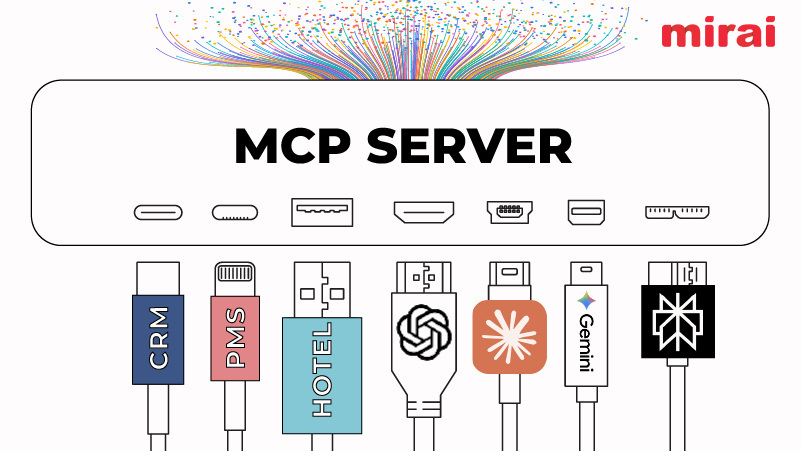
Hotel distribution is the backbone of a successful revenue management strategy. In today’s digital landscape, travellers have countless ways to book a hotel – direct websites, online travel agencies (OTAs), global distribution systems (GDS), metasearch engines, and even social media platforms.
NB: This is an article from Catala Consulting
Subscribe to our weekly newsletter and stay up to date
Each of these channels plays a critical role in a hotel’s ability to maximize occupancy and revenue.
But how can hotels strategically manage their distribution mix to ensure profitability while maintaining rate parity and minimizing commission costs? The answer lies in understanding the science behind hotel distribution – leveraging data analytics, demand forecasting, and pricing strategies to optimize bookings across channels.
In this article, we’ll break down the key elements of hotel distribution, explore the technology that drives it, and offer actionable strategies to help hotels maximize bookings while improving their bottom line.
1. Understanding the Hotel Distribution Landscape
Hotel distribution refers to the process of making hotel inventory available for booking across various channels. These channels can be broadly categorized into:
A. Direct Distribution Channels
These are the lowest-cost channels for hotels as they eliminate third-party commission fees:
- Hotel Website: Direct bookings through a hotel’s website using a booking engine.
- Call Centres & Walk-ins: Direct reservations made over the phone or in person.
- Social Media & Messaging Apps: Some hotels allow bookings through Instagram, Facebook Messenger, or WhatsApp.
- Loyalty Programs: Encouraging repeat bookings through special offers and rewards.
B. Indirect Distribution Channels
These channels expand a hotel’s reach but often come with commission costs:
- Online Travel Agencies (OTAs): Platforms like Booking.com, Expedia, and Agoda.
- Global Distribution Systems (GDS): Used by travel agents to book corporate and group travel.
- Metasearch Engines: Aggregators like Google Hotel Ads, Kayak, and Trivago compare rates across platforms.
- Wholesale Distributors: Companies that buy rooms in bulk and resell them to travel agencies.
- B2B Distribution platforms: Such as Katanox, designed to streamline the way hotels connect with corporate travel buyers and other demand partners. It positions itself as an alternative to traditional Global Distribution Systems (GDSs) and Bedbanks, offering a more direct and transparent way for hotels to distribute their inventory.
To maximize bookings, hotels must balance their direct vs. indirect distribution strategy, ensuring optimal visibility while keeping commission costs under control.
2. The Science Behind an Effective Distribution Strategy
A successful distribution strategy is based on data-driven decision-making, powered by revenue management, demand forecasting, and technology. Here’s how the science works:
A. Demand Forecasting: Selling the Right Room at the Right Time
Hotels use historical data, market trends, and real-time analytics to predict demand and adjust their distribution accordingly. Key factors in demand forecasting include:




